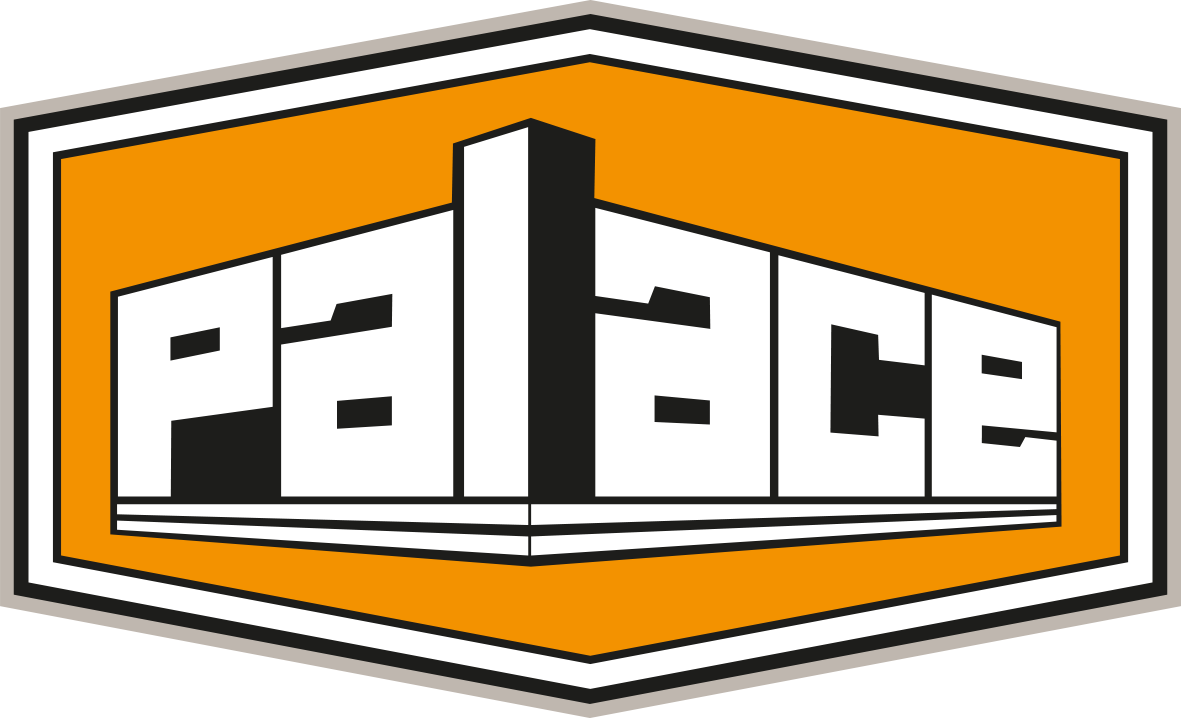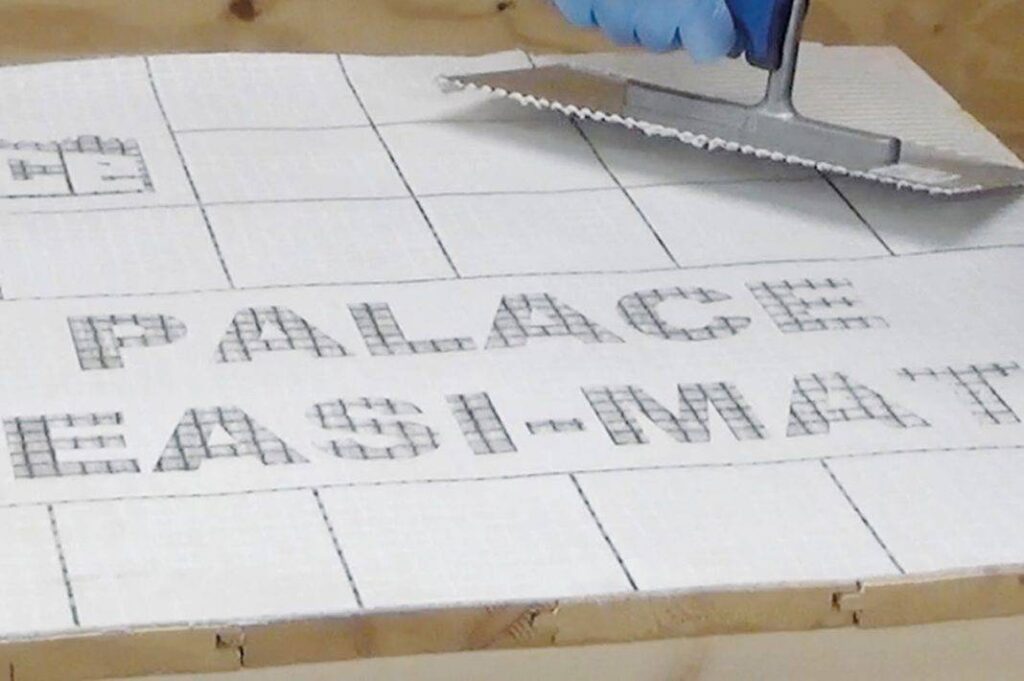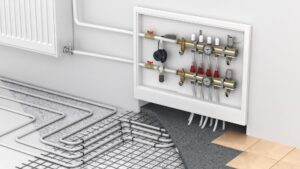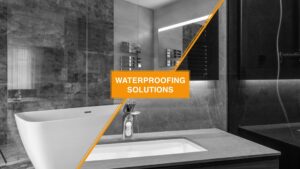What is uncoupling? Good question, says Palace Chemicals. To uncouple is to unlink or to detach one thing from another. The term within construction and engineering has been around since the early AD Greek and Roman times.
So where is the term used in tiling? If you have a problematic floor such as timber or heated screeds, this can cause unwanted movement or lateral stresses, which could result in failures such as tiles cracking or worse, debonding. So, the use of an ‘uncoupling’ mat isolates and neutralises tension between the two surfaces, allowing them to move independently of each other (just as the definition suggests).
This prevents such stresses to transfer through to the tile, which in turn leaves a faultless finish to your floor. All structural joints need to be followed, such as movement joints as these cannot be bridged over with matting or tiling.
There are many uncoupling systems on the market, but few like the Palace Easi-Mat, which has quite a few benefits over the conventional ‘cavity’ mat. It’s not restricted with its weight loadings like its heavier awkward cousin, it weighs less than 8kg for a full 30sq m, it won’t roll back on you once you’ve rolled it out, it’s easy to carry and it won’t raise the floor height.
Furthermore, the Palace Easi-Mat is fantastic to use with mosaics and can also be used in medium or heavy loading capacity situations, which means it’s an ideal solution for both domestic and commercial applications.
With gridlines and 1m markers, Palace says it makes for easy installation that can be cut with scissors or a knife, and uses less adhesive than other mats (reportedly up to 30% less adhesive).
